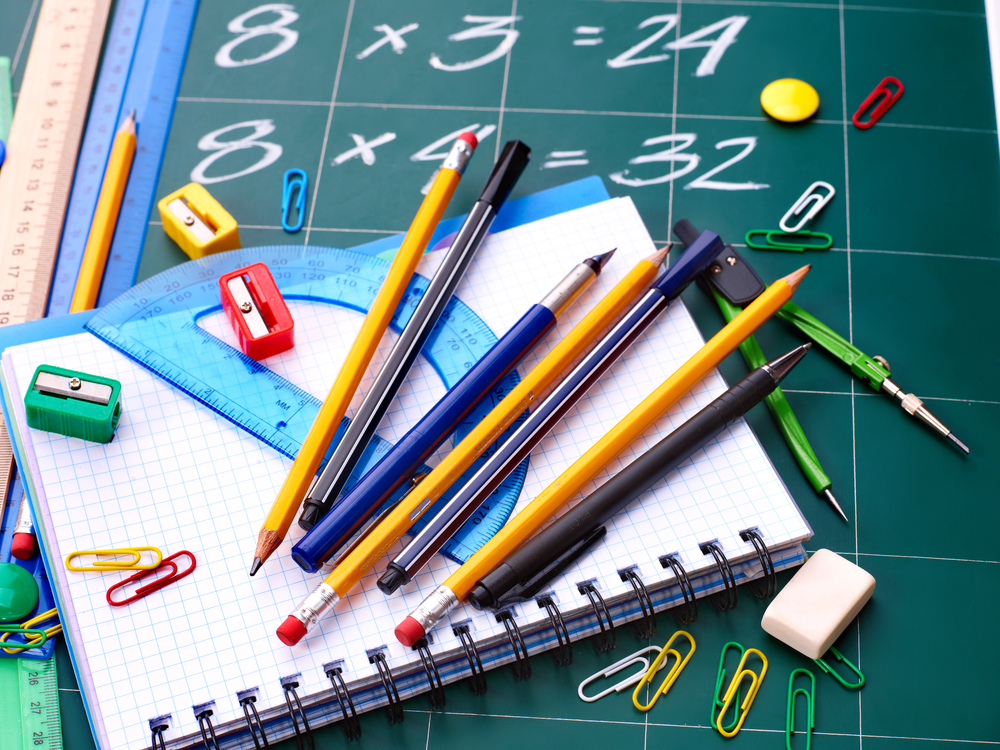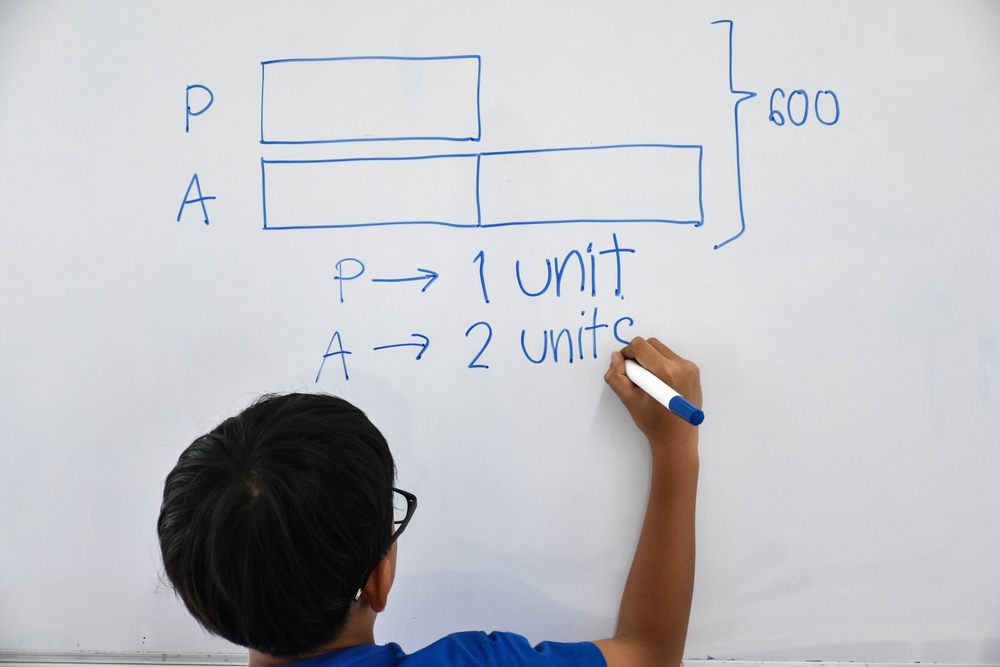Normal Arrays Worksheets for Ages 4-9
11 filtered results
-
From - To
Welcome to our Normal Arrays Worksheets for Ages 4-9! Designed to enhance your child's understanding of arrays and promote essential early math skills, these worksheets make learning engaging and fun. These resources feature a variety of activities, including identifying and creating arrays, perfect for developing multiplication concepts and visual learning. Suitable for homeschooling or classroom use, our worksheets cater to different learning styles while fostering creativity and critical thinking. Easily printable, they help students practice organizing objects and understand the fundamentals of math. Start boosting your child's confidence and proficiency in math with our user-friendly, educational worksheets today!


Multiplication Facts: Assessment 1 Worksheet


Arrays of George Washington Carver’s Creations Worksheet


Easter Arrays Worksheet


Adding with Arrays: Chocolate Bars Worksheet


Arrays and Equations Worksheet


Thomas Edison’s Invention Arrays Worksheet


Divide up the Garden Worksheet


Fossil Fact Families Worksheet


At the Market Worksheet


Ben Franklin’s Invention Arrays Worksheet


Multiplication and Division Fact Families Assessment 1 Worksheet
Normal arrays are an essential concept in early mathematics education for children ages 4-9, serving as a bridge between tangible experiences and abstract mathematical understanding. They help young learners visualize and structure their understanding of numbers, fostering essential skills in counting, addition, and problem-solving. By exploring normal arrays, children can grasp how quantities relate to one another, paving the way for more intricate mathematical concepts like multiplication and division.
Teachers and parents should care about normal arrays because they provide a hands-on approach to learning. Engaging with arrays through visual aids and manipulatives makes mathematics accessible and exciting, alleviating any apprehension children may have towards the subject. As kids arrange objects into rows and columns, they naturally develop an understanding of organization, pattern recognition, and spatial reasoning.
Additionally, normal arrays can support collaborative learning, encouraging dialogue among peers as they explore mathematical ideas together. This social interaction enhances critical thinking and communication skills, essential for holistic development. By prioritizing normal arrays in educational strategies, parents and teachers can cultivate a strong mathematical foundation, boosting children's confidence and interest in mathematics as they progress through their education. This solid groundwork is vital for lifelong learning and success in future academic endeavors.
 Assign to My Students
Assign to My Students




















